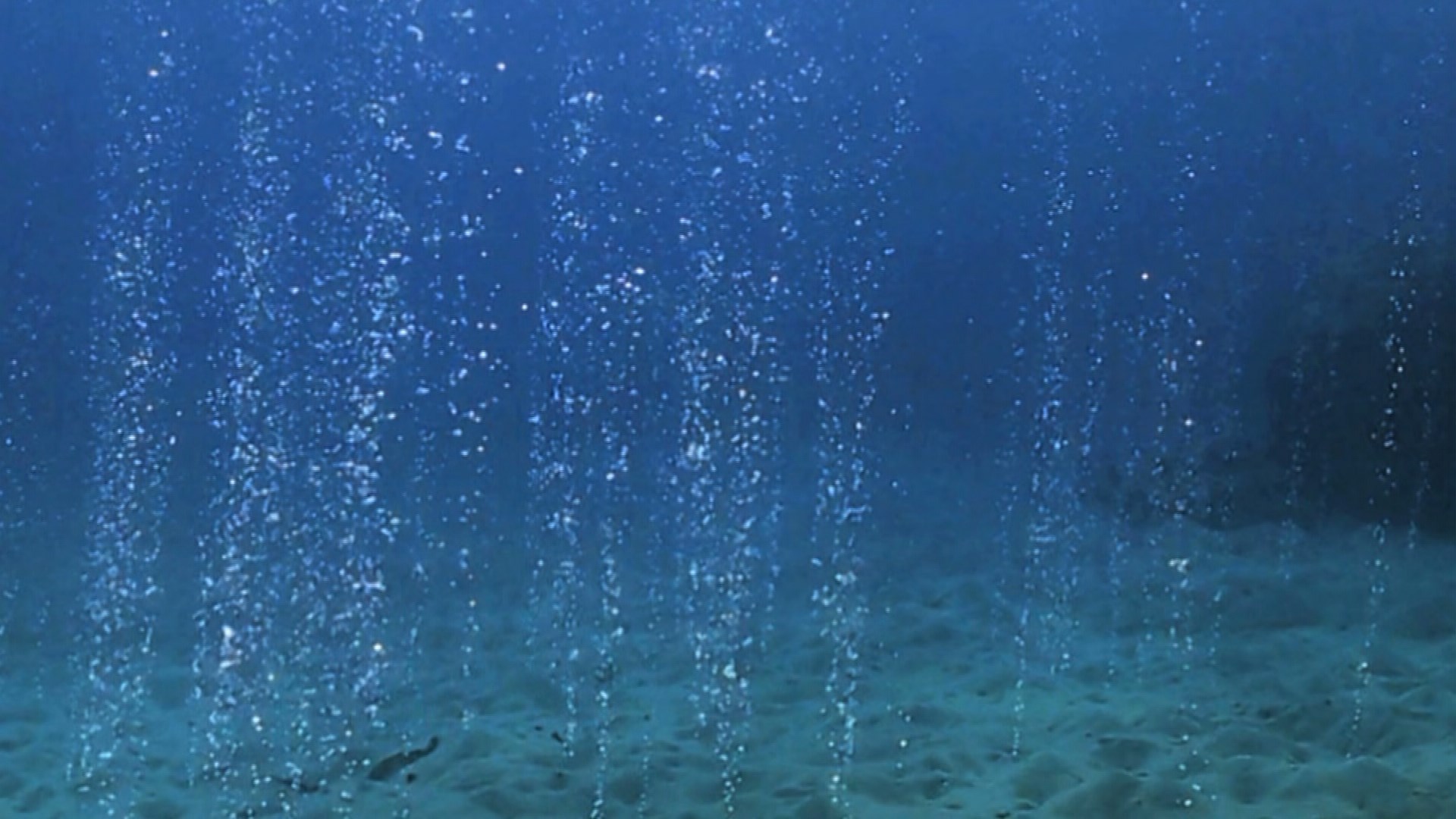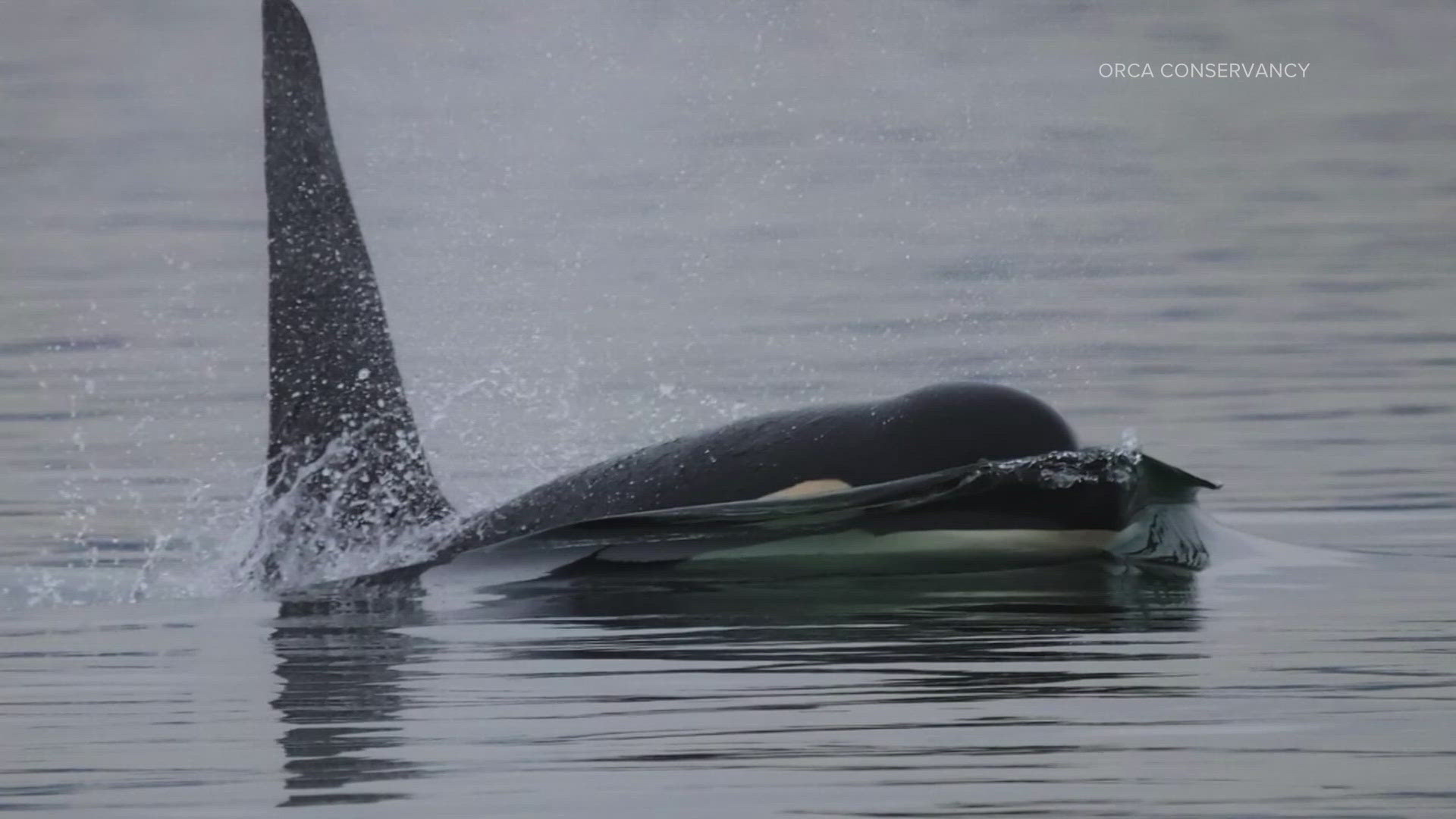SEATTLE - Off the Washington coast, just beyond where the continental shelf drops off, methane gas is locked in ice crystals called hydrates, about 10 to 15 feet below the surface of the ocean.
Here at depths of more than 1,600 feet, the leading edge of those frozen crystals is melting, releasing millions of tons of methane or natural gas. But unlike deep natural gas deposits tapped for fuel, this methane simply starts bubbling up through the ocean floor into the water column and some of it into the atmosphere.
That, say scientists, is a problem for two reasons. One, methane is a powerful greenhouse gas, and if enough of it reaches the atmosphere, it could worsen global warming and climate change. And two, methane can be consumed by bacteria and cause seawater to become more acidic. Acidic water is considered harmful to marine life and can eat away at the shells or prevent larvae from forming shells and dying.
In a paper to appear in the publication Geophysical Research Letters, University of Washington oceanographers Evan Solomon, Susan Hautala, Paul Johnson and others are trying to measure just how much methane is emitting off the ocean floor just off the coast of Washington state. Their estimate is that just one year of methane is comparable to the amount of natural gas emitted during the 2010 Deepwater Horizon well blowout in 2010, also known as the BP oil spill.
The research is funded by the National Science Foundation and the U.S. Department of Energy.
But it's not just a problem in the north Pacific. Research is also well underway in the north Atlantic, which is seeing methane containing ice melt with shifts in the warm Gulf Stream.
In the Pacific, the U.W. team concludes that climate change is leading to a slight warming of deep water in the Sea of Okhotsk, between Japan and Russia - water that is moving east and causing melting off Washington.
The methane was first discovered in 1970. Fish finders have long detected plumes of bubbles rising from the seafloor. Since then, the team estimates some four million metric tons of methane has been released just off Washington.


